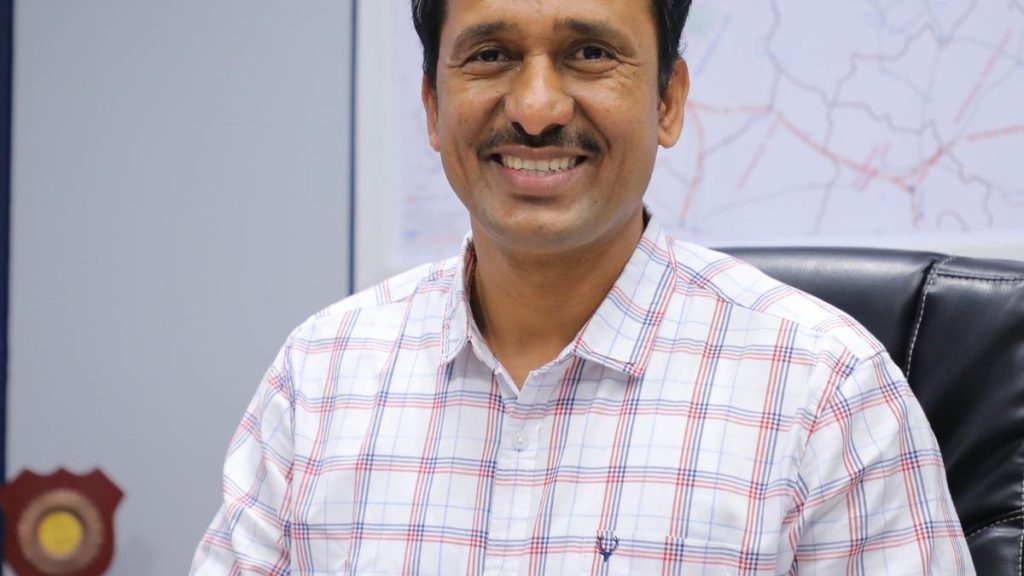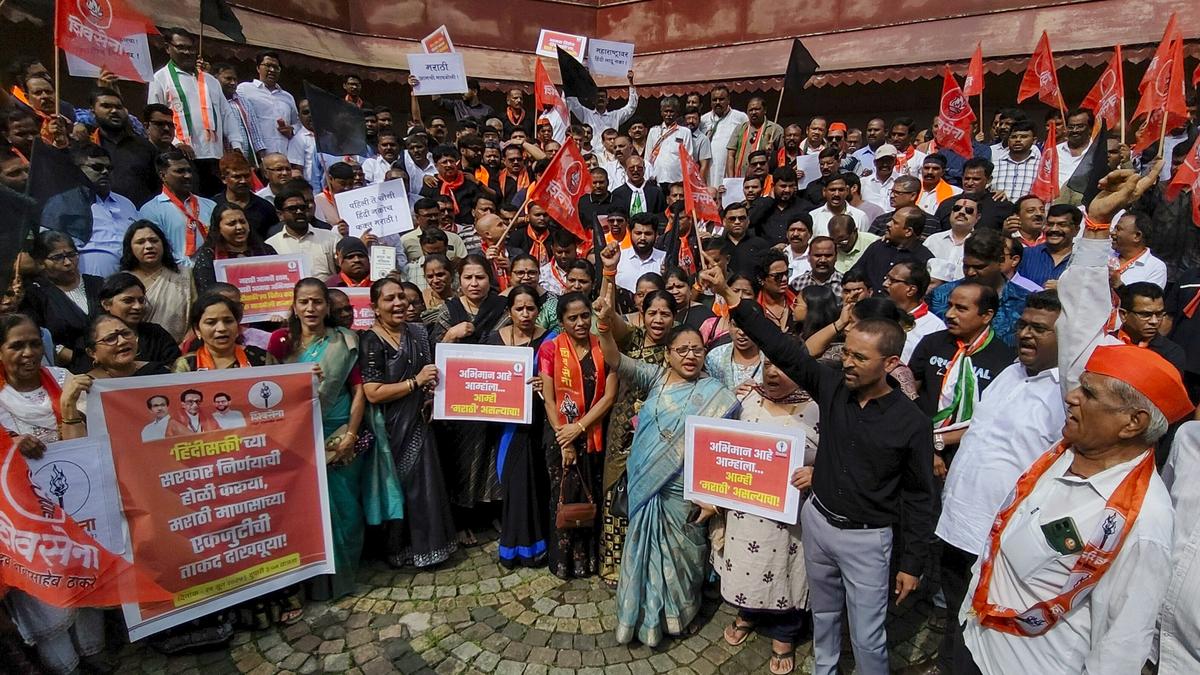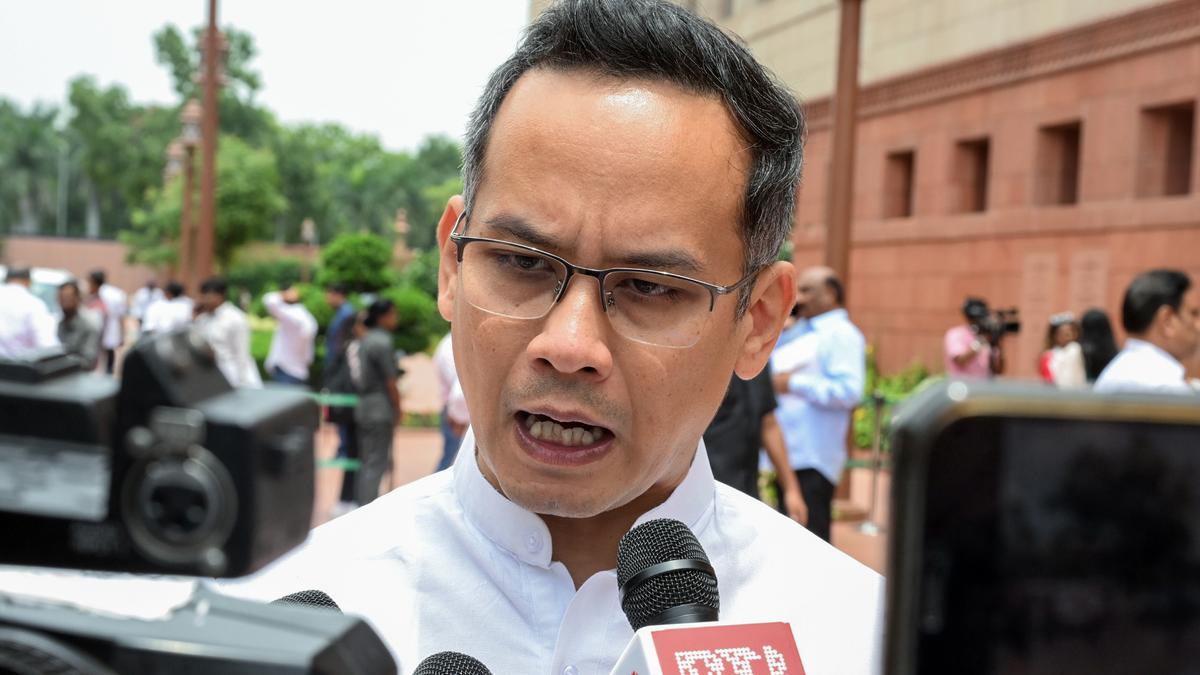Now Reading: Alarming Cancer Surge in Rajasthan, Jaipur Worst Affected: Study
-
01
Alarming Cancer Surge in Rajasthan, Jaipur Worst Affected: Study
Alarming Cancer Surge in Rajasthan, Jaipur Worst Affected: Study

Rapid Summary:
- Rajasthan is experiencing an alarming rise in cancer cases,especially related to lip,oral cavity,pharynx,digestive organs,respiratory system,and breast and cervical cancers.
- Jaipur has the highest prevalence of cancer in the state with 332.24 cases per one lakh population (2,837 patients reported), followed by Alwar (1,031 cases), Ajmer (855 cases), Sikar (685 cases), and jhunjhunu (649 cases).
- Average cancer incidence in Rajasthan stands at 134.57 per one lakh population, exceeding India’s national average of 113.
- The study was conducted using ICD-10-coded data by Bhagwan Mahaveer Cancer Hospital in jaipur for ICMR’s Indian Cancer Registry.
- Lifestyle factors such as tobacco use,alcohol consumption,and pesticide exposure are identified as meaningful contributors to cancer prevalence.
- Breast and cervical cancers show a growing trend among women due to lack of early detection and treatment availability.
- Dr. Gopal Kabra emphasized the importance of primary prevention measures like reducing tobacco/alcohol use and pesticide exposure while advocating for early screening through secondary prevention strategies.
Indian Opinion Analysis:
The rising prevalence of cancer in Rajasthan points to a critical public health concern that necessitates urgent action from policymakers as identified by medical experts like Dr.Kabra. The state’s higher-than-national-average incidence underlines challenges associated with lifestyle factors such as substance abuse and environmental risks like pesticide exposure-issues that require both awareness campaigns at grassroots levels and targeted policy interventions.
Additionally, Jaipur’s disproportionately high cancer rates call attention to regional disparities hinting at unequal healthcare access or concentrated risk factors in urban areas. Comprehensive real-time data collection alongside increased local screening programs could help policymakers devise tailored solutions addressing specific district needs efficiently.
The focus on preventive measures-both primary through lifestyle modifications and secondary via early detection-is prudent but demands long-term commitment from stakeholders including governments and healthcare providers alike.
read more: Source Link
























